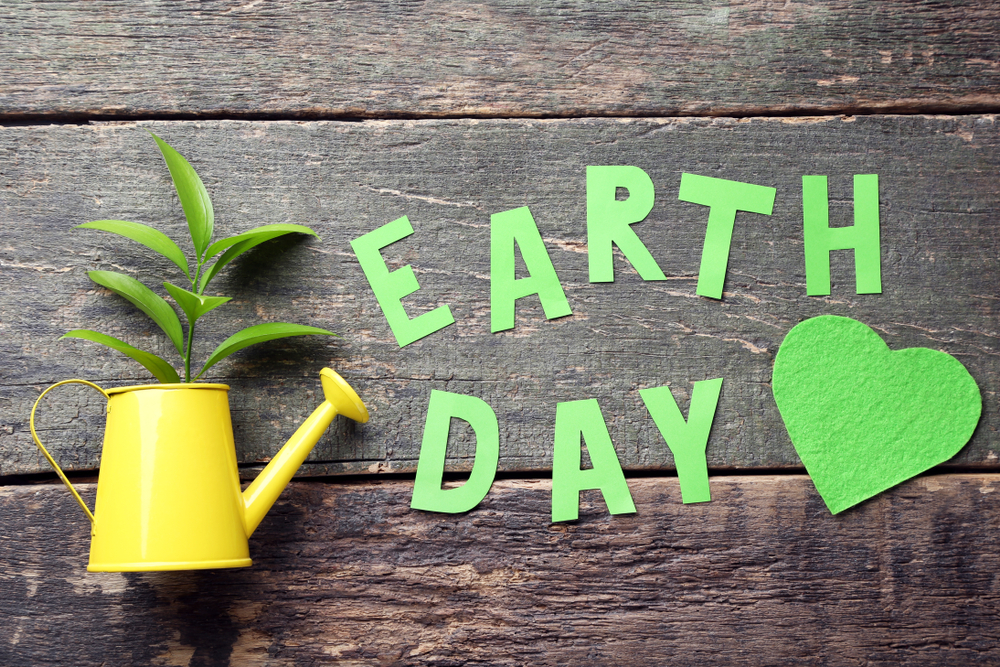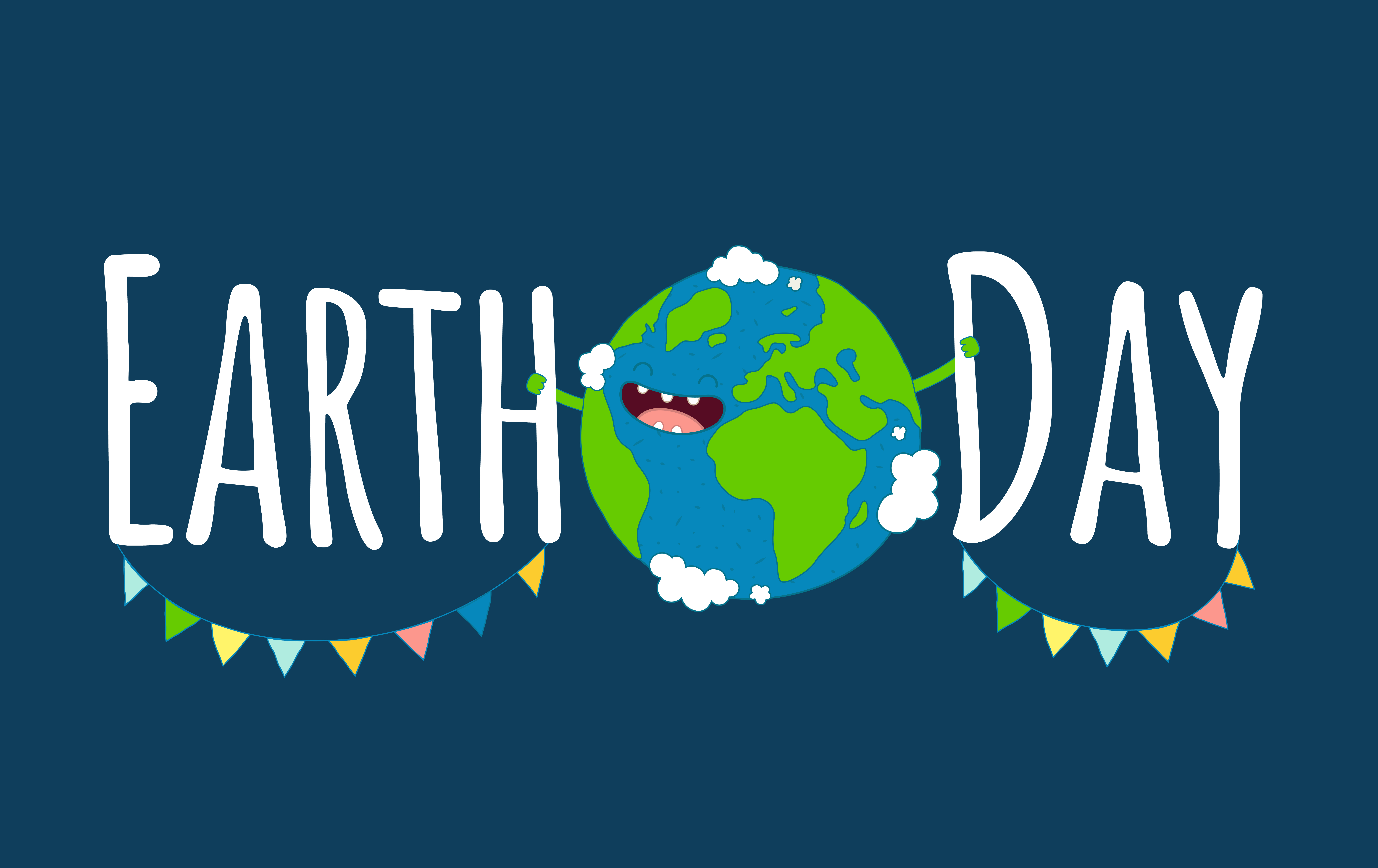Analyzing data Our Planet and Environment Worksheets for 8-Year-Olds
4 filtered results
-
From - To
Enhance your child's understanding of our planet and environment with our engaging "Analyzing Data" worksheets designed for 8-year-olds. These resources help young learners develop essential skills such as data interpretation and critical thinking through fun activities that explore environmental themes. Students will analyze charts, graphs, and real-world data related to natural phenomena, ecosystems, and conservation. Perfect for home or classroom use, these worksheets foster curiosity about the Earth's systems while making learning enjoyable. Empower your child to become an informed steward of the environment—visit our page for interactive worksheets that inspire a deeper connection with the planet!


Studying Fossils Worksheet
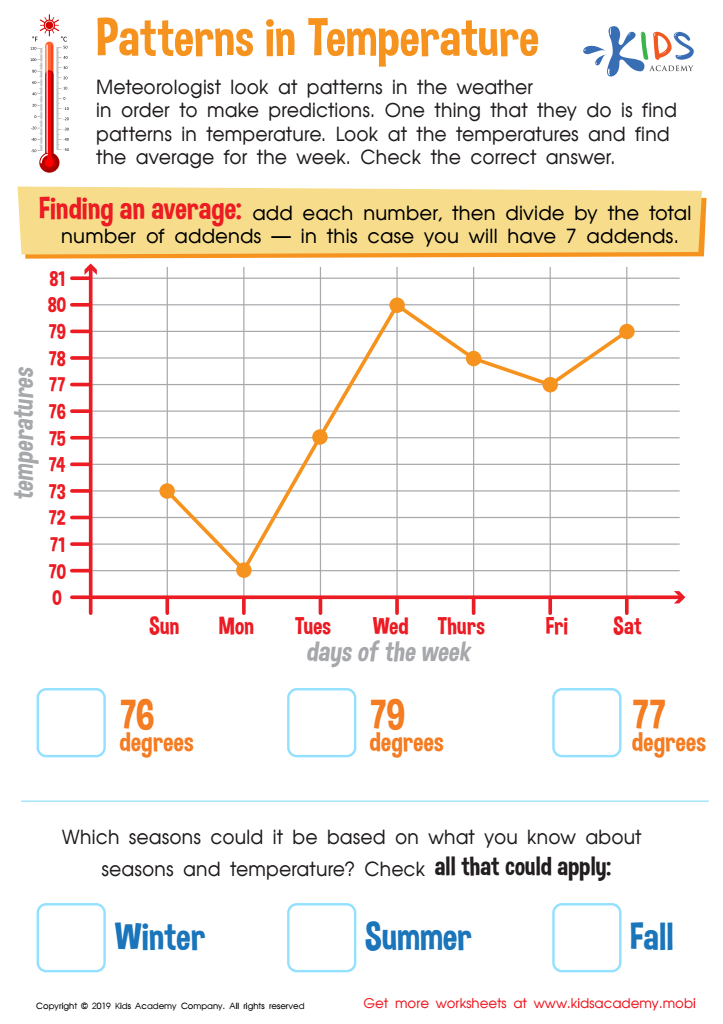

Patterns in Temperature Worksheet
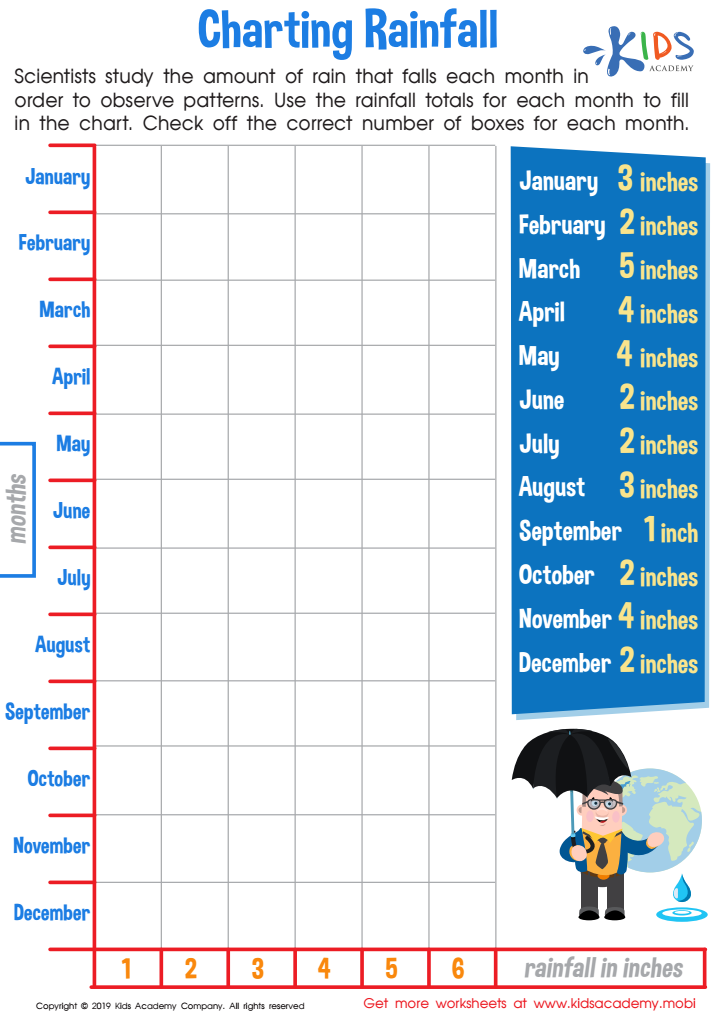

Charting Rainfall Worksheet
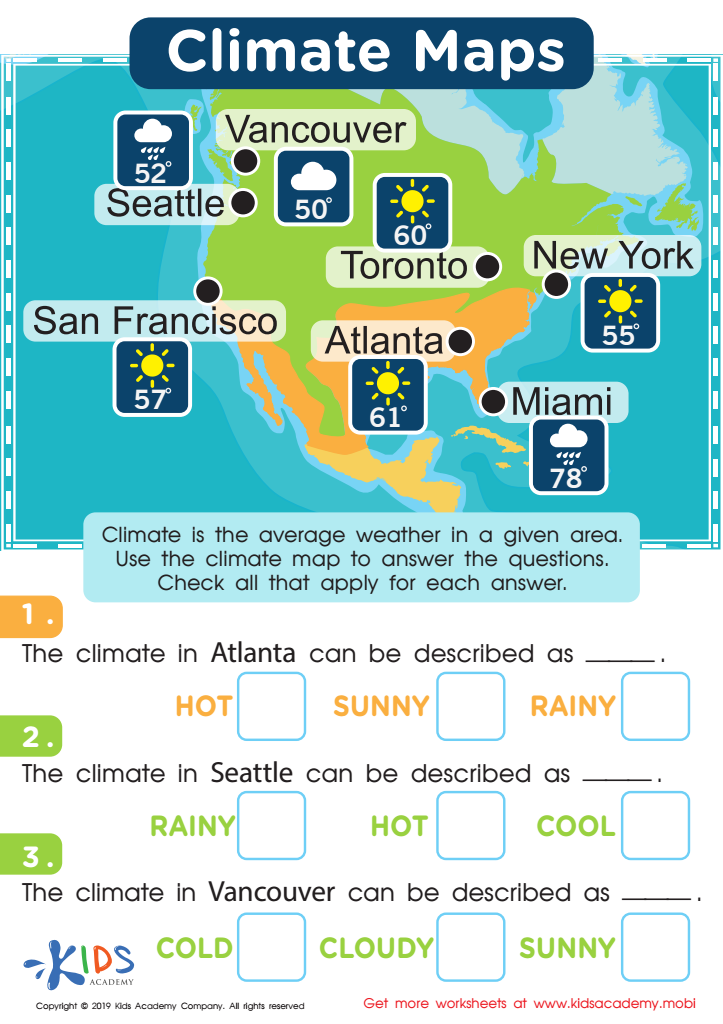

Climate Maps Worksheet
Parents and teachers should care about analyzing data related to our planet and environment for 8-year-olds because it fosters critical thinking and awareness from an early age. Understanding environmental data helps children grasp vital concepts like climate change, pollution, and biodiversity. By engaging with real data, children learn how to interpret, compare, and draw conclusions, enhancing their analytical skills.
Furthermore, teaching kids about their environment fosters a sense of responsibility and stewardship. When children see the impact of human actions on their surroundings through data analysis, they become more conscious of their behaviors and their implications. This early awareness can lead to long-lasting values and habits, driving them to advocate for sustainable practices as they grow.
In a rapidly changing world, children equipped with knowledge and analytical skills are more likely to contribute positively to society. They can become informed citizens excited about experimenting, solving problems, and making better choices for a healthier planet.
Encouraging kids to analyze data about our environment not only nurtures their cognitive development but also cultivates empathy and social responsibility. Ultimately, it plants the seeds for a generation that prioritizes the well-being of our Earth, making it a crucial focus for parents and teachers alike.
 Assign to My Students
Assign to My Students




